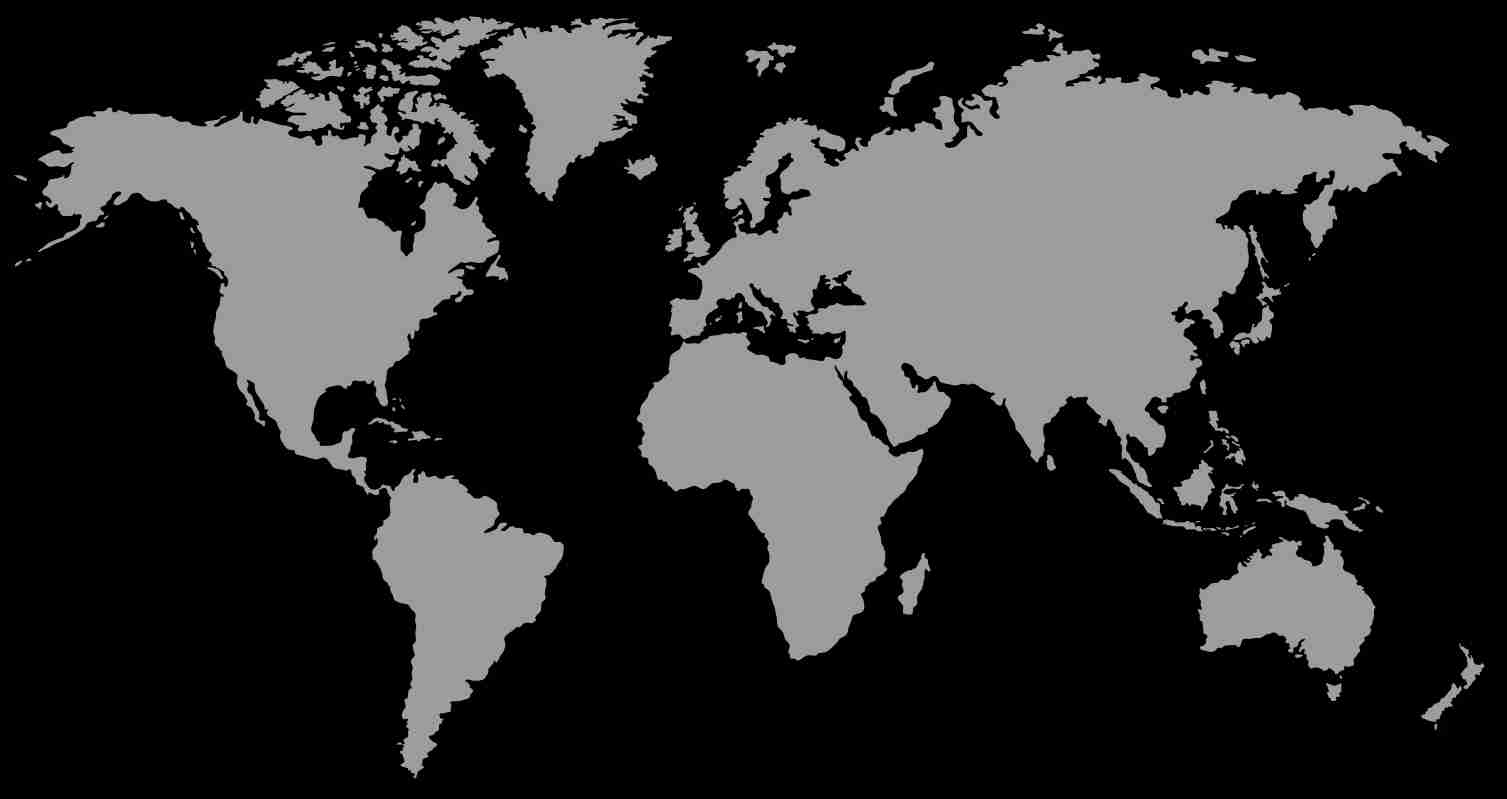
Best time to visit Argentina
Weather and climateFrom icy glaciers to sun-drenched vineyards, Argentina is a huge country with a plethora of exciting landscapes to explore. The best time to visit will very much depend on where you want to go. We consider Argentina springtime (October to mid-December) and autumn (April to mid-June) to be the best times to visit Argentina, avoiding the tourist crowds and peak season prices. Read on for regional weather information split by North, Central and South Argentina.
Typical Monthly Climate in Argentina
| Region | Jan | Feb | Mar | Apr | May | Jun | Jul | Aug | Sep | Oct | Nov | Dec |
|---|---|---|---|---|---|---|---|---|---|---|---|---|
| North Argentina | ● 31°C ☀️ |
● 30°C ☀️ |
● 30°C ☀️ |
● 26°C ⛅ |
● 23°C ⛅ |
● 20°C ⛅ |
● 21°C ☁️ |
● 23°C ☁️ |
● 24°C ⛅ |
● 27°C ⛅ |
● 29°C ☀️ |
● 30°C ☀️ |
| Central Argentina | ● 29°C ☀️ |
● 28°C ☀️ |
● 26°C ☀️ |
● 22°C ☀️ |
● 19°C ⛅ |
● 16°C 🌦️ |
● 15°C 🌧️ |
● 17°C 🌧️ |
● 19°C ⛅ |
● 22°C ☀️ |
● 25°C ☀️ |
● 28°C ☀️ |
| South Argentina | ● 11°C ☀️ |
● 10°C ☀️ |
● 8°C ☀️ |
● 6°C ☀️ |
● 2°C ☁️ |
● 2°C ☁️ |
● -2°C ☁️ |
● -3°C ☁️ |
● 3°C ☁️ |
● 6°C ☁️ |
● 8°C ☀️ |
● 10°C ☀️ |
Legend:
● Good weather
● Average weather
● Poor weather
North Argentina
Northern Argentina can be split up into three climate zones. The Iguazú Falls area is generally very tropical with warm and humid weather, making it a great place to visit year-round. As you travel further west towards Salta, the landscapes become more arid and average temperatures sit at around 17 °C. Travel even further west to the world’s driest desert, Atacama. In the winter, the desert evenings can get chilly and the nights downright cold. However, daytime temperatures are more pleasant in winter than summer when temperatures can rise above 40°C.


Central Argentina
The average daytime temperature in Buenos Aires is a very comfortable 18°C and the region’s warmest months are December, January and February. If you visit Buenos Aires during the Argentine winter (our summertime), be sure to pack your rain gear… just in case. We also recommend bringing along an extra jumper to wear during chilly evenings. Mendoza has a Mediterranean climate, perfect for travel all year round. If you’re a wine-lover, we recommend heading there in February or March when the grapes are harvested.
South Argentina
December to March are the best months to travel to Argentine Patagonia and Tierra del Fuego in the south. With the temperature around 5°C, you’ll need to bundle up to stay warm. The days are longer this time of year, so you’ll have plenty of time to enjoy glaciers and floating icebergs. The winter months, July and August, can be extremely cold and facilities sometimes shut down, buses are less frequent and flights are sometimes cancelled. We don’t recommend travelling at this time. The more moderate months of September, April and May bring a variety of weather conditions and often it comes down to pure luck.


